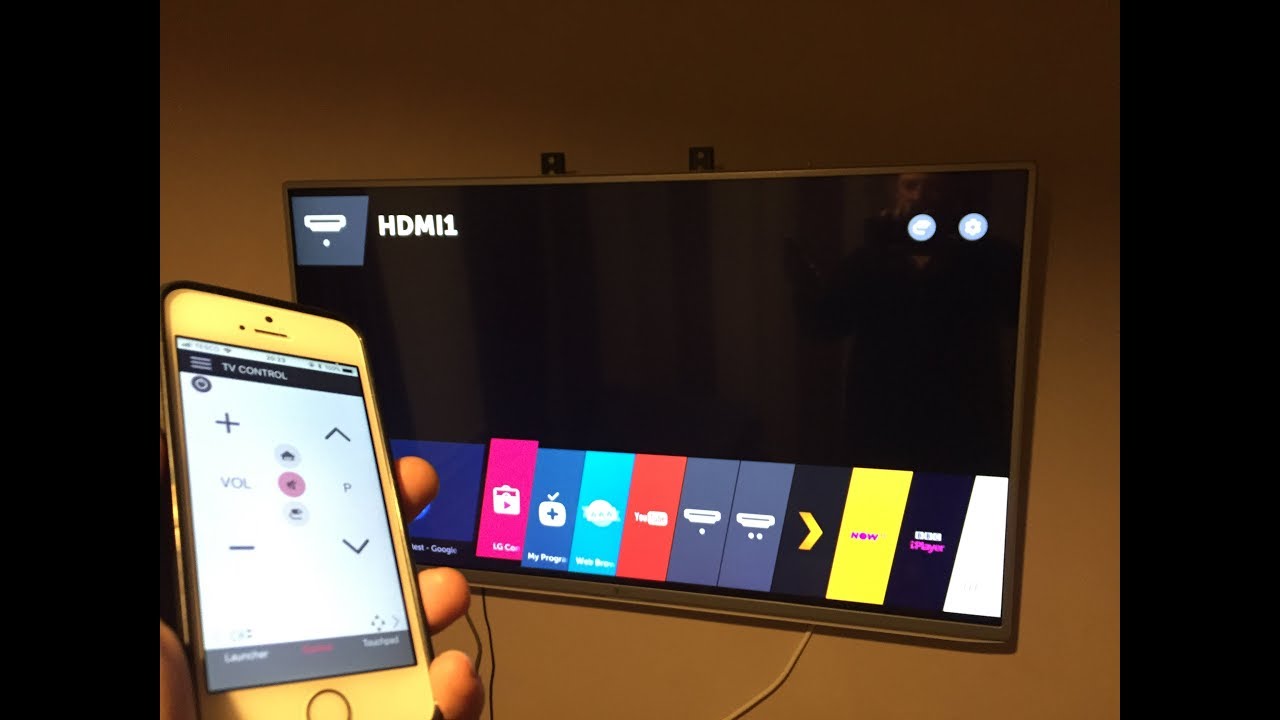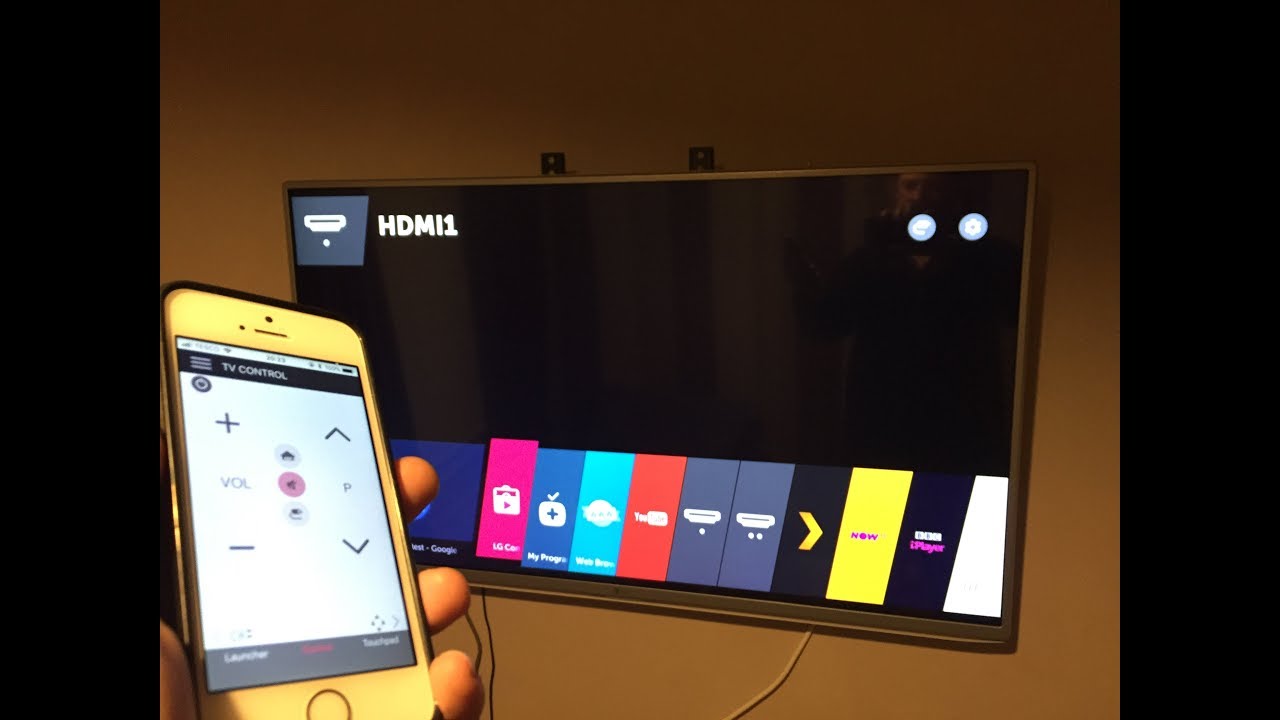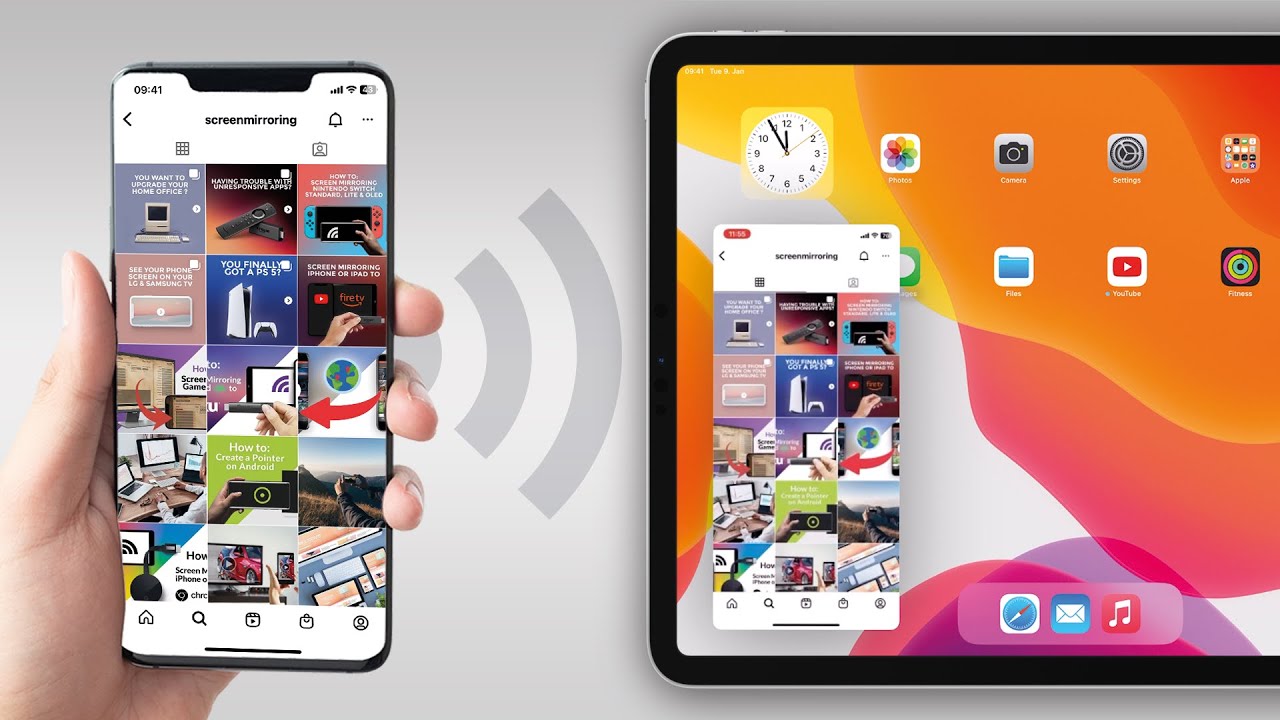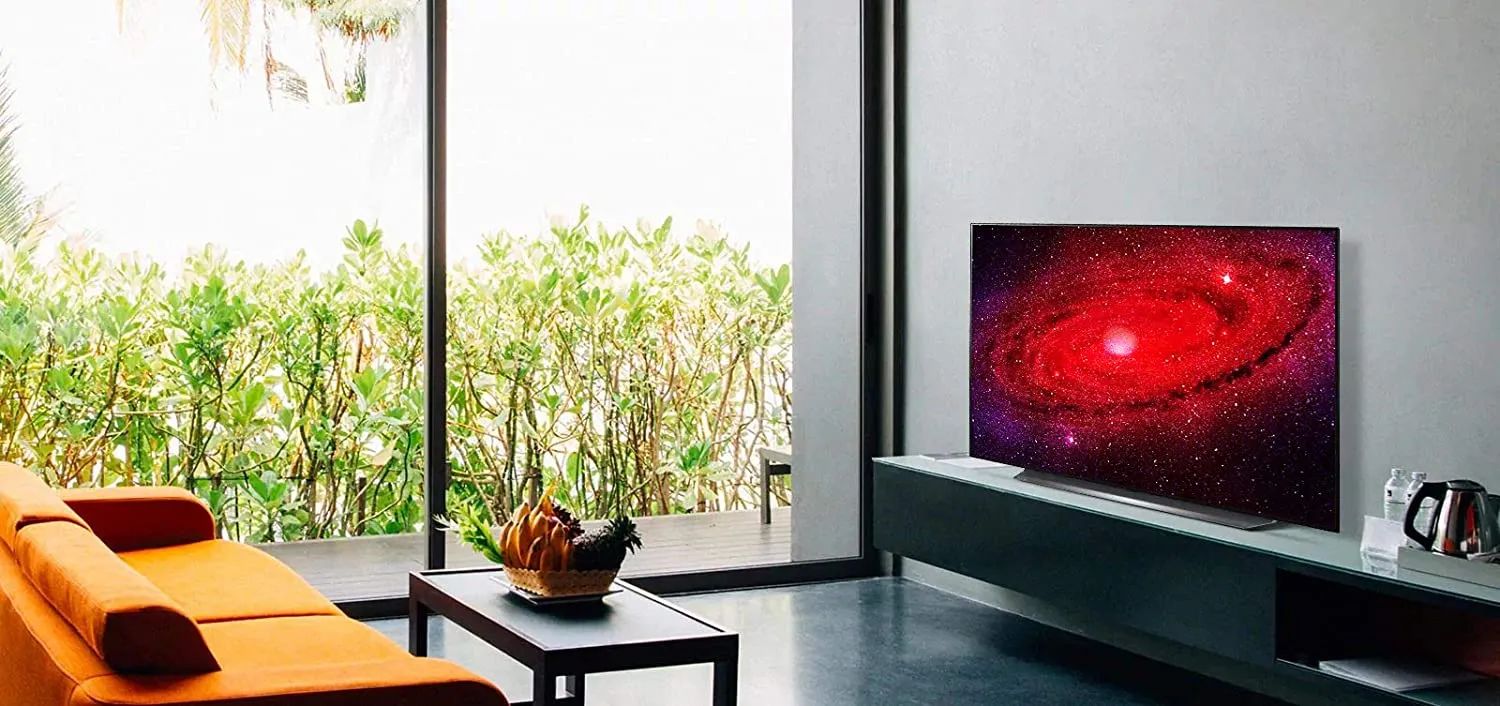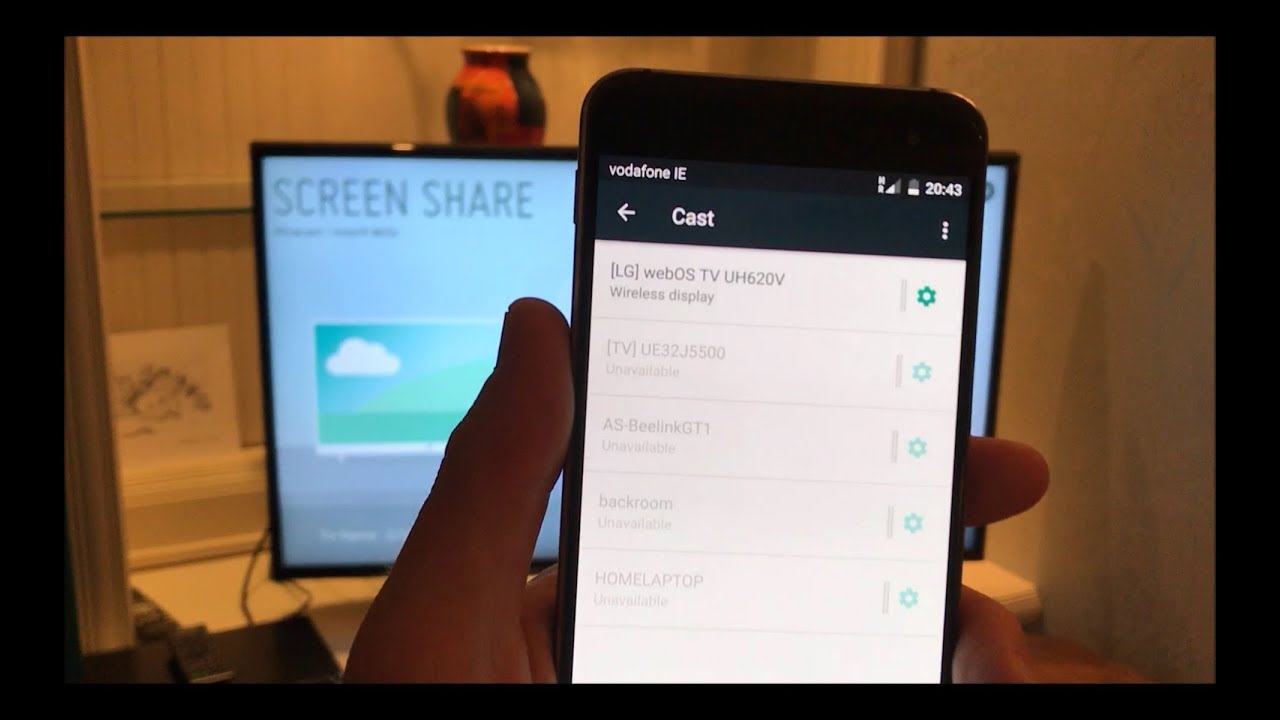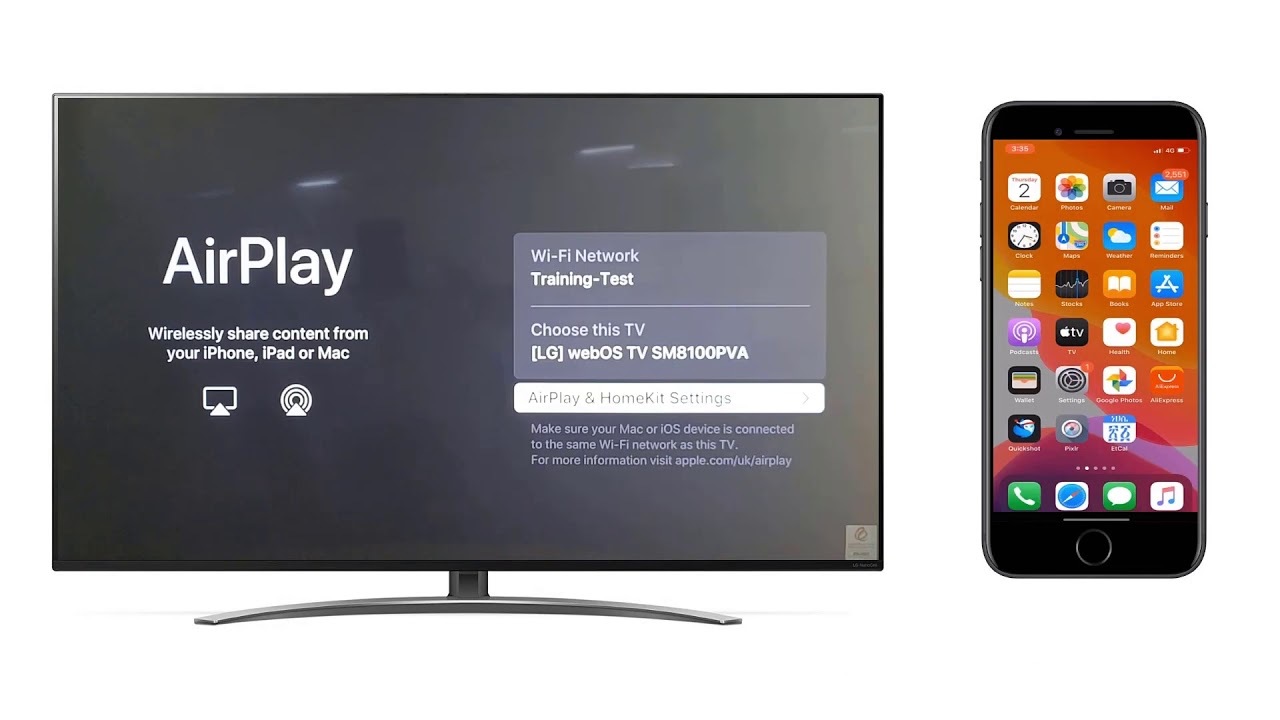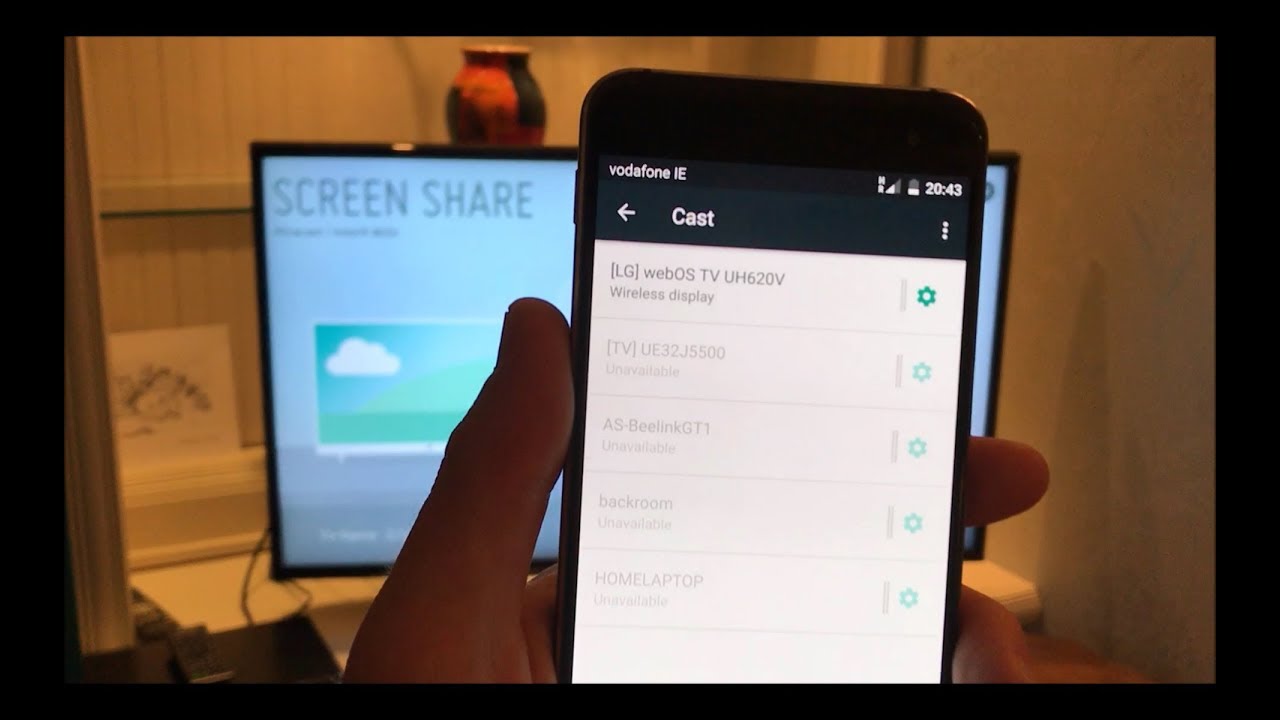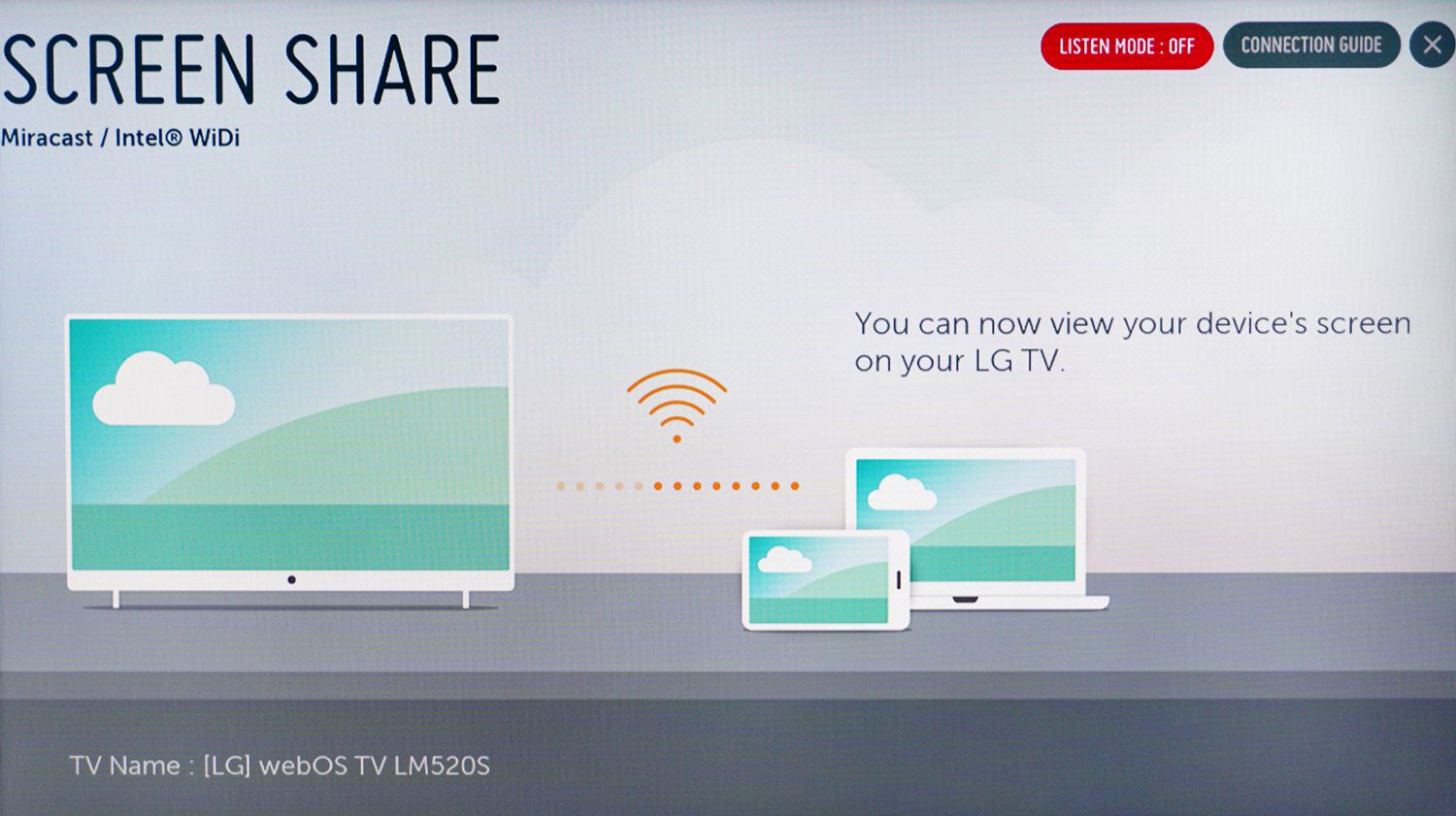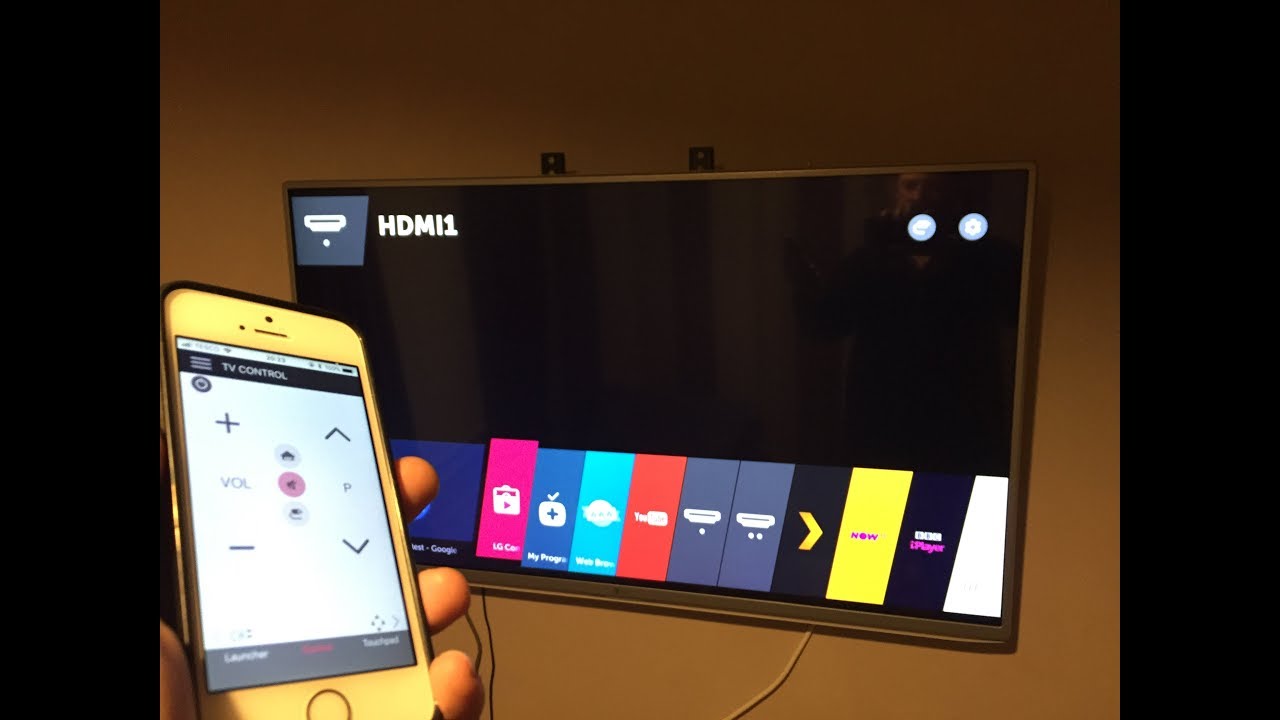Introduction
Connecting your phone to a LG Smart TV opens up a world of possibilities, allowing you to enjoy your favorite content on a larger screen and take advantage of the TV’s advanced features. Whether you want to stream videos, play games, or share photos, connecting your phone to a LG Smart TV is a straightforward process that can be done wirelessly.
In this guide, we will walk you through the steps required to connect your phone to a LG Smart TV. From checking compatibility to enabling screen mirroring, we will cover everything you need to know to establish a seamless connection. So grab your phone and get ready to enhance your entertainment experience.
Note: The specific steps may vary slightly depending on your LG Smart TV model and your phone’s operating system. However, the general principles described in this guide should apply to most LG Smart TVs and smartphones.
Before we dive into the steps, it’s important to make sure that your phone and LG Smart TV are compatible with each other. Check the user manuals or manufacturer’s websites to verify if your phone and TV support the necessary connectivity options, such as Wi-Fi or Bluetooth.
Step 1: Check Compatibility
Before attempting to connect your phone to a LG Smart TV, it’s crucial to verify the compatibility between the two devices. This ensures a smooth and hassle-free setup process.
Firstly, check the user manual or the manufacturer’s website of your LG Smart TV to determine if it supports screen mirroring or wireless connection options. Look for terms like “Screen Share,” “Miracast,” or “Smart Share” in the documentation. Additionally, ensure that your TV supports the same wireless connection method as your phone, such as Wi-Fi or Bluetooth.
Next, examine your phone’s operating system (OS) to ensure it is compatible with the LG Smart TV. Most modern LG Smart TVs support Android and iOS devices. For Android phones, make sure your device is running Android version 4.2 or later. iPhone users should have iOS 7.0 or later.
Furthermore, check if your phone has the necessary functionalities enabled to establish a connection with the LG Smart TV. For Android users, go to the Settings menu, then tap on “Connections” or “Network and Internet.” Look for the “Screen Mirroring” or “Cast Screen” option and ensure it is turned on. iPhone users can access the screen mirroring option by swiping down from the top-right corner of the screen and selecting “Screen Mirroring.”
If your phone and LG Smart TV meet the compatibility requirements, you can proceed to the next step. However, if your devices are not compatible, you may need to explore alternative methods for connecting your phone to the TV, such as using a compatible streaming device like Chromecast or Apple TV.
Step 2: Enable Connection Settings on LG Smart TV
Once you have confirmed compatibility between your phone and LG Smart TV, the next step is to enable the necessary connection settings on the TV.
Start by turning on your LG Smart TV and accessing the main menu. Depending on the model, you may need to press the “Home” button on your TV remote to open the menu.
Now, navigate to the “Settings” or “Settings & Support” section. Look for options related to network or connectivity, such as “Network” or “Network Connection.” Select this option to access the network settings.
In the network settings menu, locate and select the option for wireless connectivity. This may be labeled as “Wi-Fi” or “Wireless Network.” Once selected, your LG Smart TV will scan for available Wi-Fi networks in the vicinity.
Choose your Wi-Fi network from the list of detected networks and enter the credentials (network name and password) if prompted. Follow the on-screen instructions to complete the connection process.
After successfully connecting to your Wi-Fi network, navigate back to the main menu and access the “Settings” or “Settings & Support” section again. This time, look for options related to screen mirroring or content sharing.
Depending on your LG Smart TV model, you may find this setting labeled as “Screen Share,” “Miracast,” or “Smart Share.” Select this option to enable screen mirroring on your TV.
If there are any additional prompts or permissions required to enable screen mirroring, follow the on-screen instructions accordingly. Once enabled, your LG Smart TV will be ready to connect with your phone.
With the connection settings enabled on your LG Smart TV, you can now move on to the next step of enabling screen mirroring on your phone.
Step 3: Enable Screen Mirroring on Your Phone
To establish a successful connection between your phone and LG Smart TV, you need to enable screen mirroring or casting on your phone.
For Android users, the method may vary slightly depending on the phone model and the version of Android you are using. Generally, you can access the screen mirroring or casting option by swiping down from the top of your phone’s screen to open the notification shade. Look for the “Screen Mirroring,” “Cast,” or “Smart View” option, and tap on it.
This action will trigger your phone to search for nearby devices capable of receiving a screen mirroring or casting connection. Wait for your LG Smart TV to appear on the list of available devices, and then select it.
If prompted, confirm the connection by tapping “OK” or “Allow” on your phone. The screen mirroring process may take a few seconds to establish, so be patient during this step.
For iPhone users, the screen mirroring option is known as AirPlay. Swipe down from the top-right corner of your iPhone’s screen to open the Control Center. Tap on the “Screen Mirroring” option, and a list of available devices will appear.
Look for your LG Smart TV on the list and tap on it to initiate the screen mirroring connection. Provide any necessary confirmation if prompted. Once connected, your iPhone’s screen will be mirrored on the LG Smart TV.
Note that some Android phones may have a slightly different process for enabling screen mirroring or casting. In such cases, refer to your phone’s user manual or the manufacturer’s website for specific instructions.
Now that you have successfully enabled screen mirroring on your phone, you are ready to proceed to the next step: connecting your phone to the LG Smart TV.
Step 4: Connect Your Phone to the LG Smart TV via Wi-Fi or Bluetooth
With screen mirroring or casting enabled on your phone, it’s time to establish the connection between your phone and the LG Smart TV. You have two options for connecting: via Wi-Fi or Bluetooth.
Option 1: Connecting via Wi-Fi:
Make sure that both your phone and LG Smart TV are connected to the same Wi-Fi network. This is essential for establishing a seamless connection.
On your phone, open the screen mirroring or casting function, as described in the previous step, and select your LG Smart TV from the available devices. Confirm the connection when prompted.
Your phone will now send the necessary signals to establish the Wi-Fi connection with the TV. The LG Smart TV will receive the signals and establish the connection, allowing you to mirror your phone’s screen on the TV.
Option 2: Connecting via Bluetooth:
If your LG Smart TV and phone both support Bluetooth connectivity, you can also connect them using this method. This option is especially useful if you want to connect without relying on a Wi-Fi network.
Ensure that Bluetooth is enabled on both your LG Smart TV and your phone. Refer to the user manuals or manufacturer’s websites for specific instructions on Bluetooth settings.
On your phone, open the screen mirroring or casting function, select your LG Smart TV from the available devices, and choose the option to connect via Bluetooth if prompted.
Your phone and the LG Smart TV will establish a Bluetooth connection, enabling you to mirror your phone’s screen on the TV without the need for Wi-Fi.
Depending on your phone and LG Smart TV models, the connection process may slightly differ. Follow the on-screen prompts or refer to the user manuals for precise instructions.
Once your phone is successfully connected to the LG Smart TV, you are ready to move on to the next step: mirroring your phone’s screen on the TV.
Step 5: Mirror Your Phone Screen on the LG Smart TV
Now that your phone is connected to the LG Smart TV, it’s time to mirror your phone’s screen on the TV and enjoy your content in a larger display.
On your phone, open the app or content that you want to mirror on the LG Smart TV. It could be a video streaming app, a photo gallery, a game, or even your phone’s home screen.
Once the content is open, you will notice that it is being displayed on your phone’s screen. To mirror it on the LG Smart TV, look for the options within the app or content itself.
For example, on most video streaming apps, you will find a cast button or an icon representing screen mirroring at the top or bottom of the screen. Tap on this button or icon, and select your LG Smart TV from the list of available devices.
Your phone will begin to mirror the content on the LG Smart TV. Depending on the app and content, you may experience a slight delay or latency in the mirroring process. However, most modern smartphones and LG Smart TVs offer a relatively smooth and seamless mirroring experience.
As you interact with the mirrored content on your phone, you will see the same actions and movements replicated on the LG Smart TV screen. This allows you to fully enjoy your videos, photos, games, or other app content on a larger display.
If you encounter any issues during the mirroring process, ensure that both your phone and the LG Smart TV are connected to a stable Wi-Fi network or, if you’re using Bluetooth, make sure the devices are within the specified range.
Additionally, remember that phone calls, messages, and other interruptions on your phone may affect the mirrored content. Consider enabling “Do Not Disturb” mode or silencing notifications to minimize interruptions.
With your phone screen successfully mirrored on the LG Smart TV, you can now move on to the final step: adjusting display settings for a better viewing experience.
Step 6: Adjust Display Settings for a Better Viewing Experience
After mirroring your phone’s screen on the LG Smart TV, you may need to make some adjustments to the display settings to optimize the viewing experience. This will ensure that the content is displayed accurately and in a way that matches your preferences.
Start by accessing the settings menu on your LG Smart TV. Look for options related to display, picture, or screen settings. The names may vary depending on your TV model, but they typically include terms like “Picture Mode,” “Display Settings,” or “Picture Settings.”
Within these settings, you will find various options to adjust brightness, contrast, saturation, color temperature, and other display parameters. Experiment with these settings to achieve the desired visual quality for the mirrored content.
Consider adjusting the aspect ratio as well. Most content is optimized for a 16:9 aspect ratio, which is the standard for widescreen displays. However, some apps or videos may have different aspect ratios, such as 4:3 or 1:1. Choose the appropriate aspect ratio setting to avoid image distortion or cropping.
Additionally, if your LG Smart TV supports advanced display features like HDR (High Dynamic Range), make sure to enable it if you are playing compatible content. HDR enhances the contrast, color accuracy, and overall visual quality, providing a more immersive viewing experience.
While adjusting the display settings, keep in mind that personal preferences and viewing conditions may vary. What looks optimal for one person may not necessarily be the same for another. Play around with the settings until you find the combination that suits your needs and offers the best viewing experience.
It’s important to note that any changes you make to the display settings on your LG Smart TV will apply to all content being mirrored from your phone. So, if you plan to switch between different apps or content types, you may need to fine-tune the settings accordingly.
Once you have adjusted the display settings on your LG Smart TV to your satisfaction, kick back, relax, and enjoy your favorite content on the big screen!
Conclusion
Connecting your phone to a LG Smart TV opens up a world of possibilities, allowing you to enjoy your favorite content on a larger screen with advanced features. In this guide, we walked you through the step-by-step process of connecting your phone to a LG Smart TV via Wi-Fi or Bluetooth.
We started by checking the compatibility between your phone and the LG Smart TV, ensuring that both devices meet the necessary requirements for a successful connection. We then enabled the connection settings on the LG Smart TV and enabled screen mirroring or casting on your phone.
Next, we connected your phone to the LG Smart TV using either Wi-Fi or Bluetooth, depending on the available options. Once the connection was established, we guided you on how to mirror your phone’s screen onto the LG Smart TV, allowing you to enjoy videos, photos, games, and other content on a larger display.
To enhance your viewing experience, we encouraged you to adjust the display settings on the LG Smart TV for optimal visual quality. By tweaking the brightness, contrast, aspect ratio, and other parameters, you can customize the display according to your preferences.
Now that you’ve successfully connected your phone to the LG Smart TV and adjusted the display settings, you can sit back and enjoy a seamless, immersive viewing experience. Whether you’re streaming videos, playing games, or sharing photos, the combination of your phone and LG Smart TV provides endless entertainment at your fingertips.
Remember, the specific steps may vary slightly depending on your phone model and LG Smart TV model. Always refer to the user manuals or manufacturer’s websites for detailed instructions tailored to your specific devices.
So, grab some popcorn, call your friends or family, and start enjoying the benefits of connecting your phone to a LG Smart TV today!







